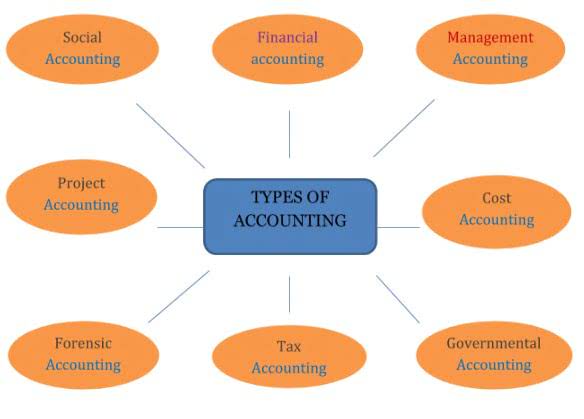
It’s the cost of labor and all other direct costs involved with selling the product. Even though buildings and equipment have a higher dollar value, inventory is your most important asset. One way to measure the performance of your retail business is inventory turnover. Learn everything you need to know about inventory turnover ratio in this article. In addition, it may show that Walmart is not overspending on inventory purchases and is not incurring high storage and holding costs compared to Target. The turnover ratio isn’t the only metric stakeholders can use to monitor the effectiveness of inventory management.
- Try Shopify for free, and explore all the tools you need to start, run, and grow your business.
- Fluctuations in consumer demand directly impact inventory levels and turnover rates.
- Checking your previous sales can show you how the market fared in the past—but you can’t rely on the future to behave the same way.
- Return on Equity measures how effectively management uses generates profits compared to shareholders’ equity.
- Combining scientific literature with his easily digestible writing style, he shares his industry-findings by creating educational articles for manufacturing novices and experts alike.
- An inventory turnover ratio measures how often a company sells and replaces its inventory during a specific period.
- Another factor that could possibly affect the inventory turnover ratio is the use of just-in-time (JIT) inventory management method.
What is Inventory Forecasting?
Additionally, managing product obsolescence is crucial, as outdated products can significantly reduce turnover rates if they remain unsold. Several key Certified Bookkeeper factors can significantly influence a company’s inventory turnover ratio, impacting how efficiently inventory is managed and sold. Understanding these factors is crucial for optimizing inventory turnover and maintaining a competitive edge in the market.

How to Interpret Inventory Turnover by Industry?
There is also the opportunity cost of low inventory turnover; an item that takes a long time to sell delays the stocking of new merchandise that might prove more popular. Analyzing an inventory turnover ratio in conjunction with industry benchmarks and historical trends can provide valuable insights into a company’s operational efficiency and competitiveness. However, tracking it over time or comparing it against a similar company’s ratio can be very useful.
Sales & Investments Calculators

It provides insights into inventory management effectiveness and reflects how well a company aligns its inventory supply with customer demand. A high inventory turnover ratio indicates that a company sells goods rapidly, suggesting strong market demand and efficient inventory management. Conversely, a low inventory turnover ratio may highlight obsolete inventory, overstocking, or inadequate market demand.
Inventory management practices

Cin7 CEO, Ajoy Krishnamoorthy reported that customers who have implemented its smart inventory forecasting tool, Inventoro, notice results almost immediately. It also gives you detailed analytics and reporting and supports integration with other business systems, so you can gather relevant information such as historical sales data with ease. Use this quick guide to set inventory metrics and formulas that you can use when evaluating inventory planning strategies. Managing these challenges sharpens your inventory forecasts, leading to smoother operations and a stronger market position. Keeping your inventory forecast as accurate as possible prevents you from tying up capital or compromising customer experience. Tracked monthly or quarterly to optimize inventory levels and purchasing strategies.
- If the company can’t sell these greater amounts of inventory, it will incur storage costs and other holding costs.
- So, how can you identify supply chain issues with data like your inventory turnover ratio?
- If your ITR doesn’t align with the benchmarks in your industry, it may point to flawed financial modeling.
- After all, high inventory turnover reduces the amount of capital that they have tied up in their inventory.
Factors that affect inventory turnover
A high turnover is generally a sign that a product is in demand — the faster it sells, the more often you need to restock. However, what might be considered a high or low turnover rate can vary by industry and product category. Calculating your inventory turnover can help you optimise everything from your pricing and product range to your profit margins.

A low turnover implies that a company’s sales are poor, it is carrying too much inventory, or experiencing poor inventory management. Unsold inventory can face significant risks from fluctuating market prices and obsolescence. However, if how to calculate inventory turnover ratio a company exhibits an abnormally high inventory turnover ratio, it could also be a sign that management is ordering inadequate inventory, rather than managing inventory effectively. The Inventory Turnover Ratio measures the number of times that a company replaced its inventory balance across a specific time period.

Inventory Forecasting Metrics and Formulas
- In this question, the only available information is the net sales and closing balance of inventory.
- As mentioned, the inventory turnover rate is one of the best metrics to assess both your inventory and supply chain management effectiveness as well as your overall business performance.
- Simplification involves optimizing supplier relationships, reducing the number of suppliers when possible, and improving communication and coordination with suppliers.
- A DSI value of approximately 44 days means that, on average, it takes the company about 44 days to sell its entire inventory.
Time-series analysis reveals unearned revenue trends and patterns in turnover rates, helping predict future inventory needs and optimise ordering patterns. By combining turnover data with other metrics like gross margin return on investment (GMROI), businesses can make more informed decisions about product mix and inventory investments. Moving beyond basic calculations, advanced analysis techniques reveal deeper insights into inventory performance. Segmentation analysis breaks down turnover ratios by product category, location, or customer segment, identifying specific areas for improvement.



Leave a reply